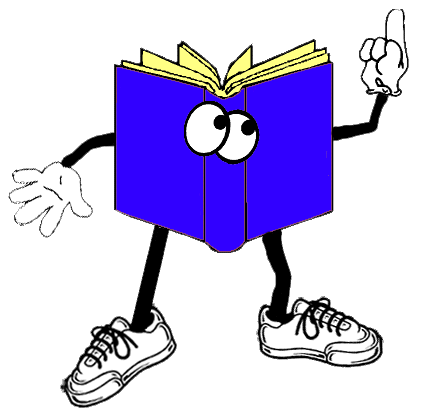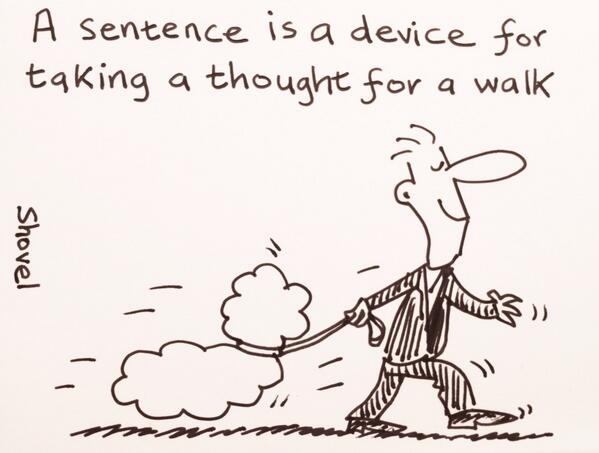With Year 4 and 5 we will be buying Christmas presents in French using the JLN SOW for our family and friends - so this poem could be a great way to reinforce when you use the three little words mon,ma, mes ........
I love this poem by Maurice Carême. It's all about who this child loves and how chocolate is the mood changer in his/her life! It's also a great way to practise "mon.ma,mes"
- Let's read the poem with the children and spot the members of the family!
- Can the children help you to understand the punchline- how important is chocolate to the child in the poem and can they spot it's not just anybody's chocolate - it's "mon chocolat!" This will help you to talk to the children about the three little possessive pronouns in the poem "mon,ma,mes".
- Let's go on a " mon,ma mes hunt" , maybe using our magical magnifying glass.
- Let's colour code our " mon ,ma, mes finds"! for example blue for mon. green for ma and yellow for mes
- Let's be dictionary detectives !Ask the class to help you find clues as to the use of mon,ma ,mes by looking up the key nouns and seeing if they are masculine, feminine singular or plural nouns.Can we make up our rules for the mon,ma,mes mixture and when to use each of the words?
- Let's try it ourselves! Can the children identify two more nouns ij the poem( oncle and tante) and try the mon/ma/mes mixture that we have decided upon.Ask the children in pairs to write on mini whiteboards what they think the word should be?share and compare
- Read the poem again with the children and ask them to add the feelings and the emotions that are conveyed in the poem by the use of the three possessive pronouns "mon,ma mes"

















